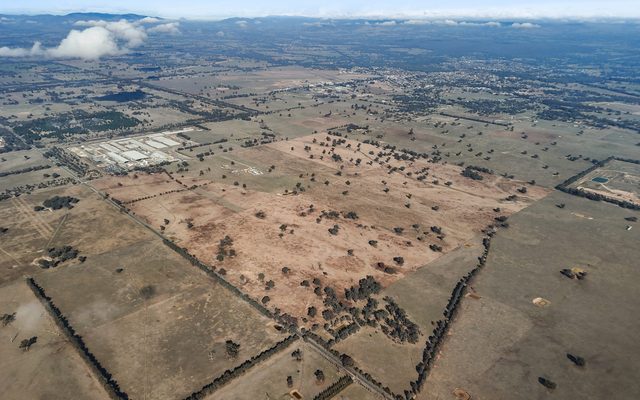This article is from the Australian Property Journal archive
THE property industry has applauded the Victorian government's proposed changes to planning zones.
CBRE town planning associate director David Minty said the changes will deliver a windfall for struggling landowners and provide a significant boost for the state’s bulky goods sector.
“These reforms open the door for new land use activities that were otherwise restricted or prohibited under the previous business zones, will unlock further value within underdeveloped sites and will bring new investment and growth to existing underperforming commercial and light industrial precincts.
“It really is a windfall for struggling landowners who are finding it difficult to secure a tenant. From a buyer’s perspective, we expect the reforms will stimulate interest from a more diversified market and we would recommend that landowners seeking to divest should position themselves accordingly to capitalise on this,” he added.
Minty said the bulky goods sector, in particular, will be a major beneficiary of the zoning changes.
He added that underperforming bulky goods retail centres could potentially look at integrating a smaller format supermarket with ancillary shops to stimulate new business activity. Some business parks, depending on their zoning, might also be able to consider these retail based land uses.
Victorian planning minister Matthew Guy said the reforms were a response to recommendations from the Ministerial Advisory Committee into Reformed Commercial and Industrial Zones.
“Five existing business zones will be consolidated into two commercial zones – one will provide for diverse mixed uses including retail, office and residential, while the other will be a flexible employment-only zone.
“With population growth of close to 90,000 people per annum in this state, this means that we need to accommodate 180,000 sqm of additional retail floor space every year just to keep up. This demand brings an enormous investment pipeline and a large number of construction and permanent retail sector jobs. The planning system cannot stand in the way of this opportunity,” Guy said.
The reforms will also drive greater competition in the supermarket sector in greater Melbourne through allowing small scale supermarkets in the new Commercial 2 Zone and Industrial 3 Zone.
The Commercial Zone 1 replaces the existing Business 1, 2 and 5 Zones and is designed to create vibrant mixed use commercial centres for retail, office business and higher density residential growth. It will unlock 870 ha of land in greater Melbourne for growth in retail, office and residential development. In regional Victoria, 500 ha will be unlocked by the reform.
The Commercial Zone 2 replaces the existing Business 3 and 4 Zones with the purpose of developing areas for appropriate office and industrial uses, bulk goods retailing and other commercial services. The Zone will provide increased commercial employment opportunities, including new office space on 3,400 ha of land in greater Melbourne, and 1,400 ha across regional Victoria.
The development industry’s peak body, the Urban Taskforce’s CEO Chris Johnson said the dramatic changes will support jobs and encouraged the NSW government to act swiftly like Victoria has.
“In a signal that change is coming, the new zones will be fully implemented on 1 July 2013 and retail and office floor space caps will be removed across metropolitan Melbourne.
“The Planning Reform White Paper for NSW also proposes reforms to zoning with a Mixed Use Zone and an Enterprise Zone whose purpose is to stimulate job growth. These new zones however may not be implemented for some years as the restructuring of the layers of plans filters down to the local level,” Johnson said.
Property Review



